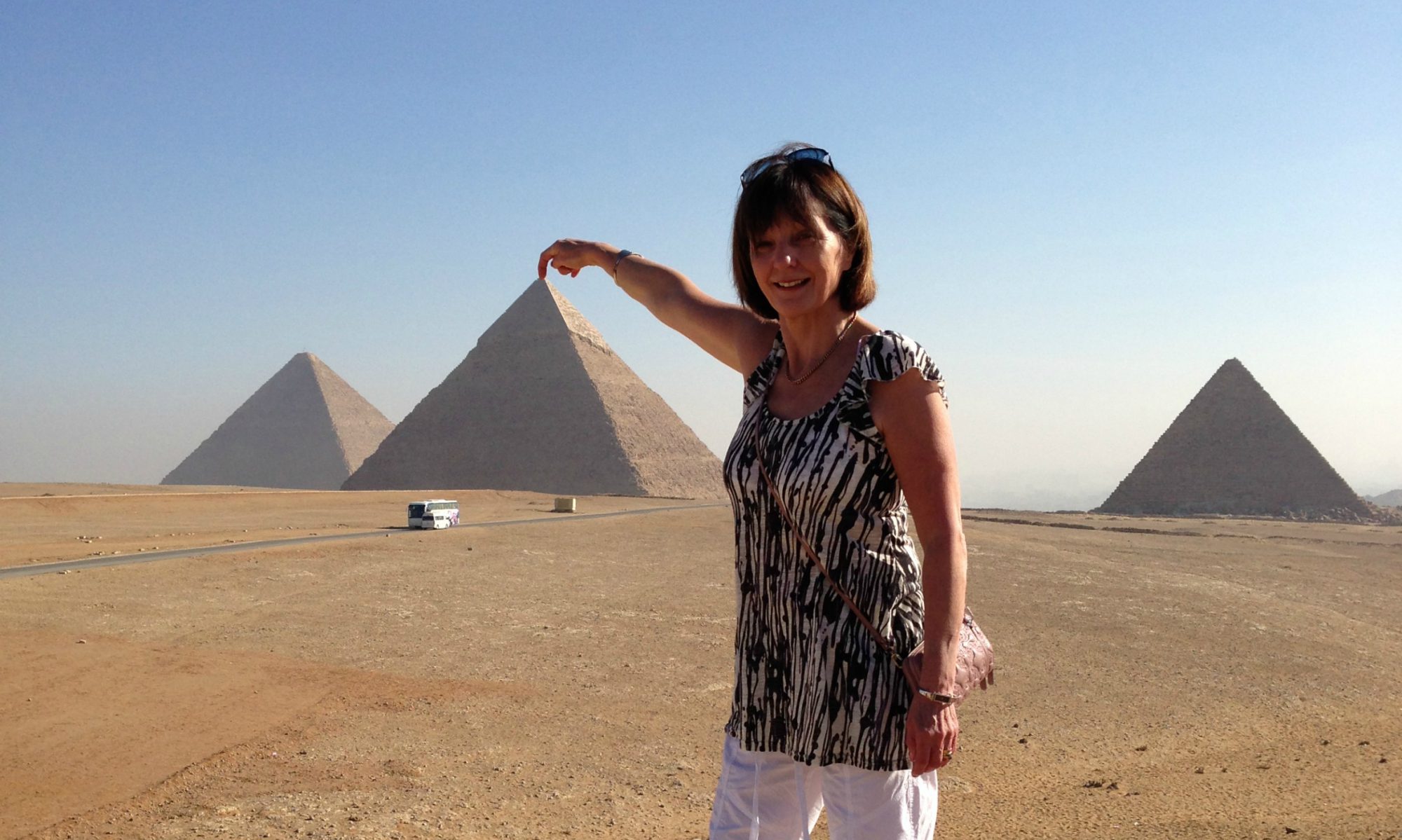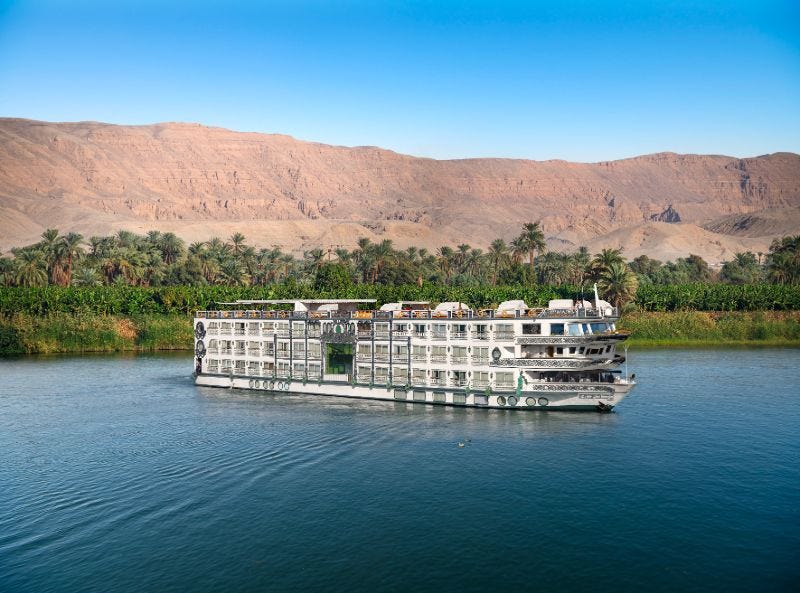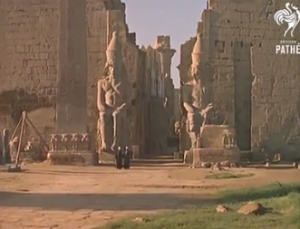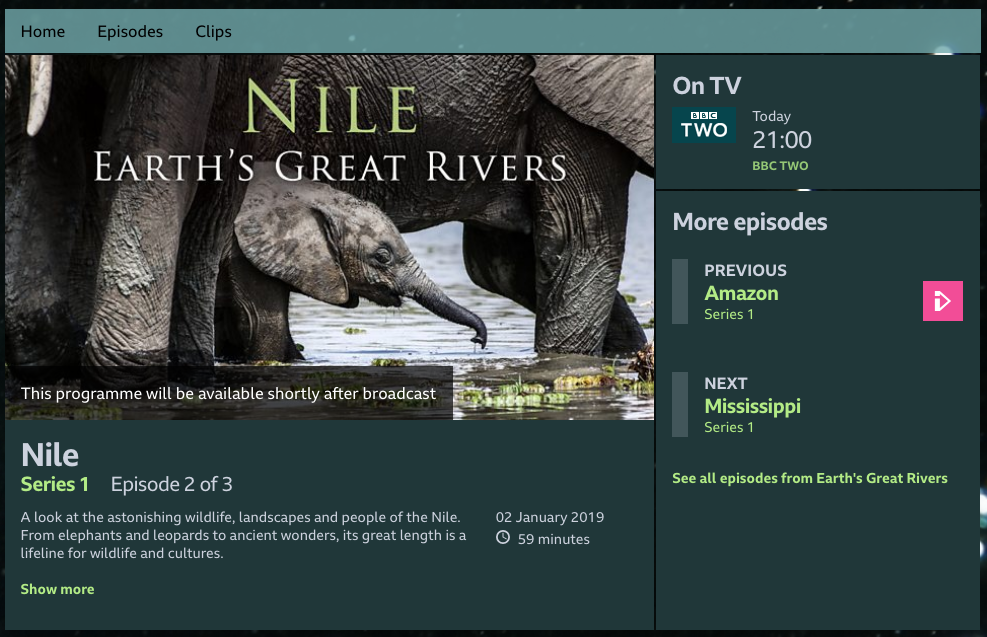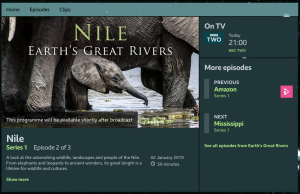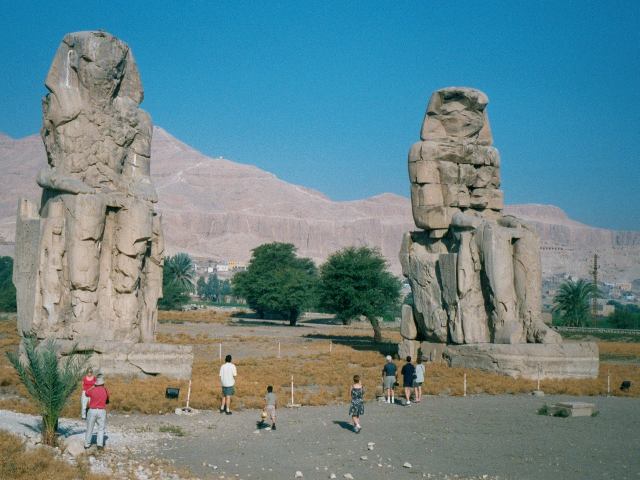
A Nile cruise from Luxor to Aswan offers travellers an unforgettable journey through ancient Egypt’s most spectacular monuments and archaeological treasures. Among the many extraordinary sites you’ll visit during your Nile cruise holiday – including the Valley of the Kings, Karnak Temple, and the Temple of Philae – stands one of the most impressive and mysterious monuments: the Colossi of Memnon. These towering twin statues represent just one fascinating stop on your Nile cruise adventure, yet their grandeur and historical significance make them a memorable highlight of any Egyptian journey.
A Grand Welcome to Your Nile Cruise Adventure
Standing at an awe-inspiring height of 18 meters (60 feet), these massive quartzite sandstone statues were originally built to guard the mortuary temple of Pharaoh Amenhotep III. Today, they provide a spectacular sight for Nile cruise passengers beginning their journey through ancient Egypt. Their commanding presence on the West Bank of Luxor serves as a perfect introduction to the architectural marvels that await during your Nile cruise experience.
The Singing Statues: An Ancient Marvel
Perhaps the most intriguing aspect of the Colossi of Memnon is the legendary “singing” phenomenon that made them famous throughout the ancient world. Following an earthquake in 27 BCE that cracked one of the statues, it began producing a whistling sound at dawn. This mysterious “song” attracted numerous Roman emperors and other ancient tourists during their own Nile cruise journeys. While the sound ceased after Roman repairs to the statue, the mystique of the singing colossus continues to captivate modern Nile cruise visitors.
Expertly Guided Excursions from Your Nile Cruise
When you choose a Nile cruise holiday with Nile Cruises 4u, your expert Egyptologist will ensure that you gain deep insights into the fascinating history of these ancient monuments. You’ll learn how the statues were originally crafted from single blocks of stone and transported from quarries near Cairo – an incredible feat of ancient engineering that still puzzles experts today.
Perfect Photo Opportunities on Your Nile Cruise
The Colossi of Memnon provide excellent photography opportunities during your Nile cruise, particularly during sunrise when the morning light creates stunning effects on the ancient stone. Our Nile cruise guides know exactly the best times and angles for capturing these magnificent monuments, ensuring you return home with memorable photos of your Egyptian adventure.
A Gateway to Further Wonders
While the Colossi of Memnon are impressive in their own right, they’re just one of many extraordinary sites you’ll visit on your Nile cruise holiday. These ancient guardians mark the start of the vast necropolis that includes the Valley of the Kings, the Temple of Hatshepsut, and numerous other archaeological treasures you’ll discover during your Nile cruise journey.
Plan Your Nile Cruise Experience
The Colossi of Memnon are a captivating highlight in an itinerary filled with wonders during your Nile cruise with Nile Cruises 4u. Our carefully crafted Nile cruise packages ensure you experience these ancient monuments and many more in comfort and style, accompanied by knowledgeable guides who bring Egypt’s fascinating history to life.
Whether you’re a history enthusiast, a photography lover, or simply seeking an unforgettable travel experience, our comprehensive Nile cruise packages offer a perfect blend of ancient wonders and modern comfort. Call us, Nile Cruises 4u, today on our Freephone number 0808 1089 100, to begin planning your perfect Nile cruise holiday and prepare to discover the magnificent Colossi of Memnon along with Egypt’s other incredible treasures.
